 : Chemistry : Chemistry |
 Agilent X-Ray Diffraction (XRD) Agilent X-Ray Diffraction (XRD) |
|  |
The X-Ray instrument physically located in Hamdi Mango Research center (HMRC), The device is single crystal diffractometer that uses the property of X-ray diffraction to determine the crystal structure of materials. They are intended for use with single crystals of chemical substances (inorganic, organic or organo-metallic), mineralogical and biological samples. |
 Atomic Absorption Spectrometer (AAS) Atomic Absorption Spectrometer (AAS) |
| |
Atomic absorption spectroscopy (AAS) is a spectroanalytical device for the quantitative determination of chemical elements employing the absorption of optical radiation (light) by free atoms in the gaseous state. Is used for determining the concentration of a particular element (the analyte) in a sample to be analyzed.AAS Laboratory operates two AAS instrument Aurora (AI1200) and Varian SpectrAA 250 Plus. |
 Cryomech’s Liquid Nitrogen Plants (LNP) Cryomech’s Liquid Nitrogen Plants (LNP) |
| 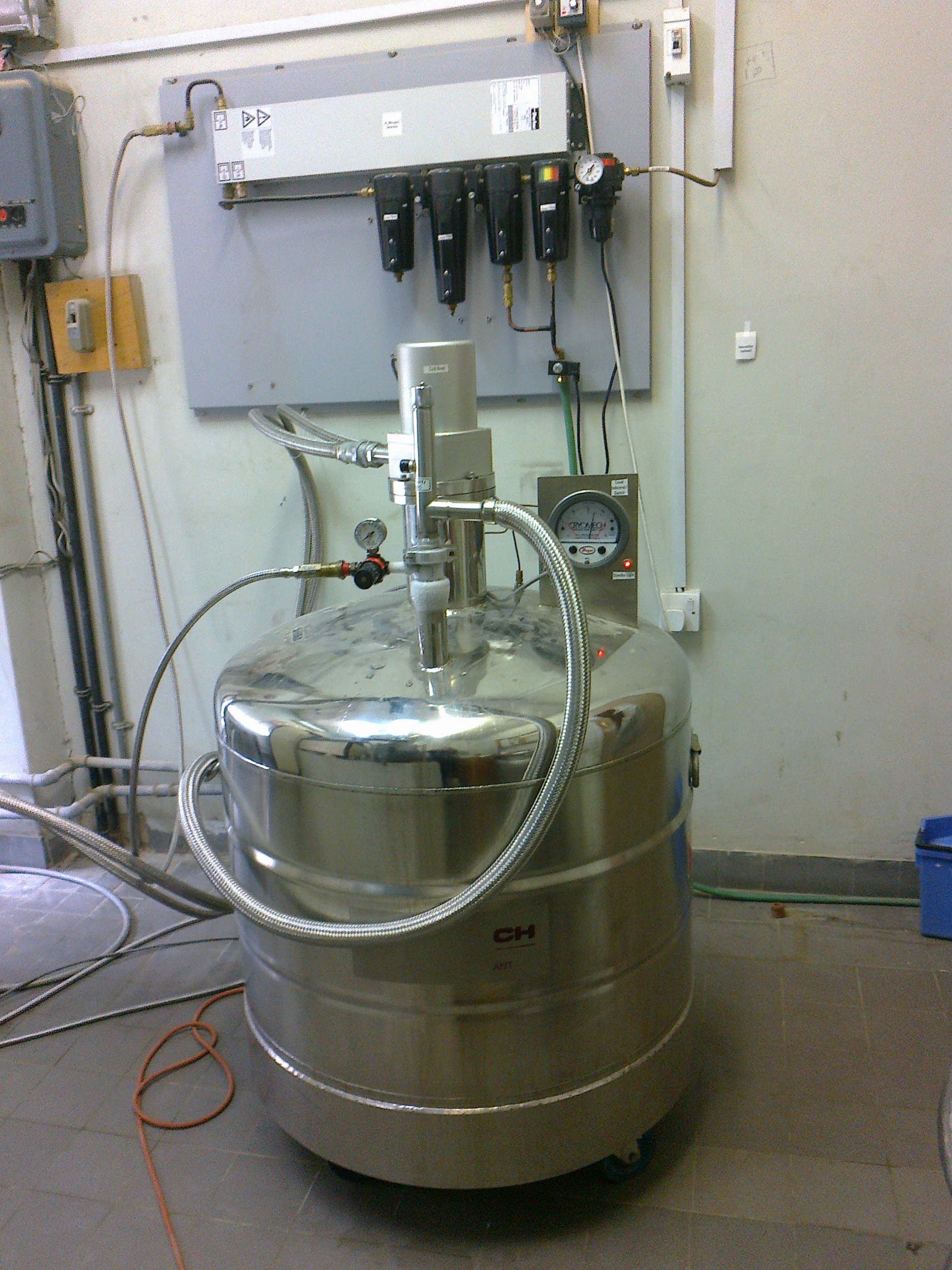 |
Cryomech’s Liquid Nitrogen Plants (LNP) are designed to generate liquid nitrogen (LN2) from atmospheric air. The LN2 is produced and stored in the system’s dewar. A standardliquid nitrogen plant consists of an air compressor, a compressed air filter bank, anitrogen generator, a cryorefrigerator and a dewar. |
 EuroEA3000Elemental Analyzer EuroEA3000Elemental Analyzer |
| 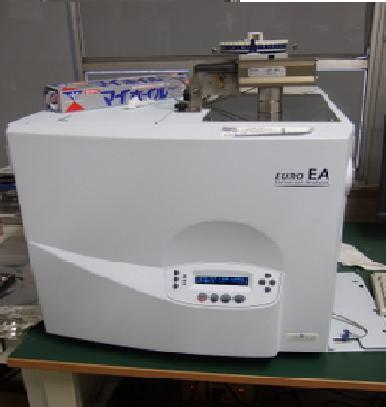 |
EuroEA3000is a series of compact, fully automatic Elemental Analyzers for the most exacting determination of CHNS and O in solid and liquid samples. It is based on TurboFlash Combustion Technology. |
 High resolution Mass spectrometer Bruker Apex IV. 7 T (LC-MS) High resolution Mass spectrometer Bruker Apex IV. 7 T (LC-MS) |
| 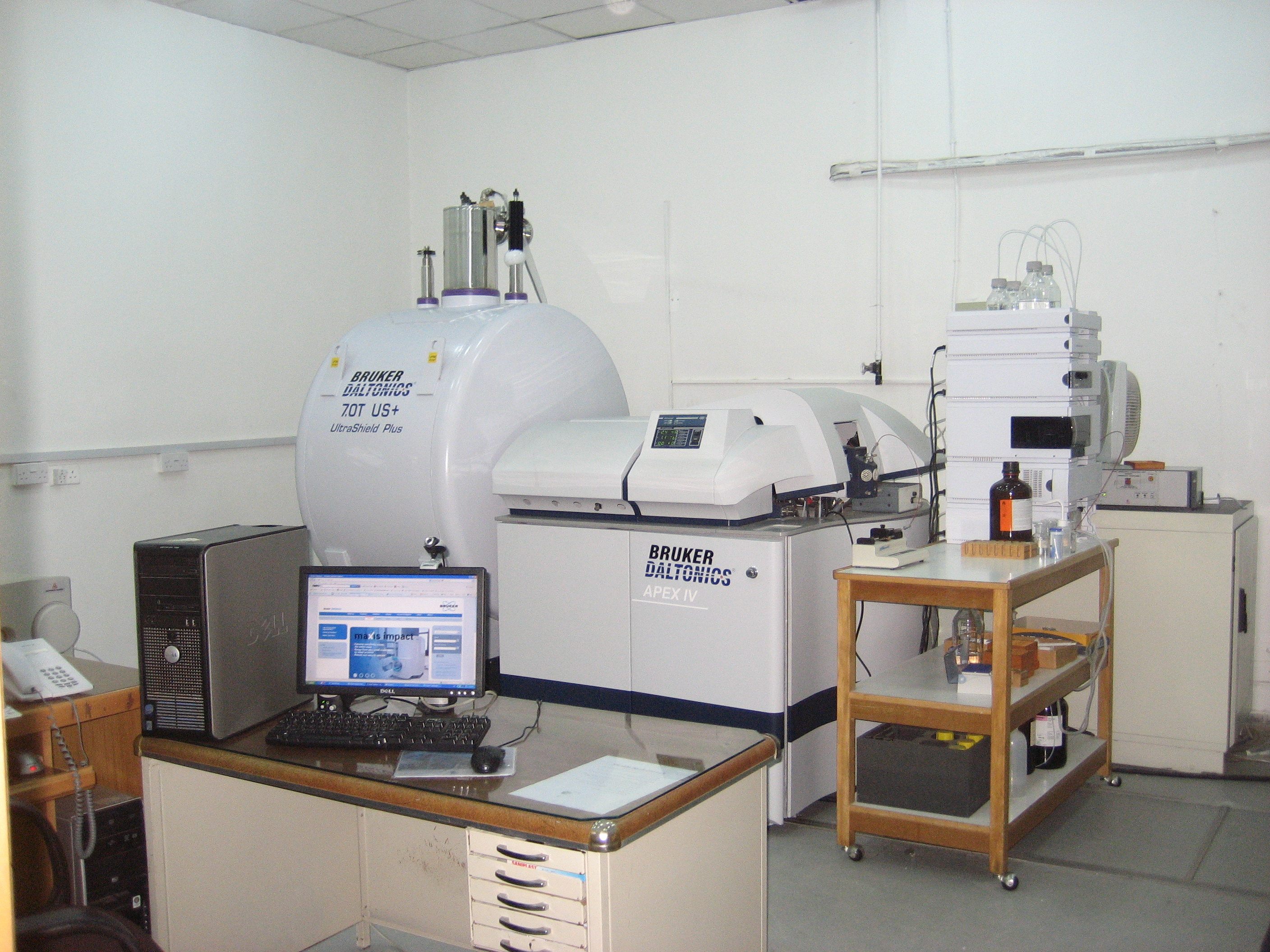 |
Our mass spectrometer is the used for many applications involving the analysis of unknown organic and inorganic compounds or complex samples. This instrument provides fragmentation in molecular formula and exact mass measurements. LC-MS provide additional capabilities to analyze unknowns and give these instruments the power far beyond other instruments in their class by integration with various separation techniques. |
 Nuclear Magnetic Resonance (NMR) Nuclear Magnetic Resonance (NMR) |
|  | The Nuclear Magnetic Resonance Laboratory operates two Bruker AVANCE NMR spectrometers at 300 MHz and 500 MHz. These spectrometers are available 24 hours per day. Graduate students and researcher routinely perform many experiments on 1H, 13C and so on. |
 : Biological Sciences : Biological Sciences |
 Electron Microscope Unit Electron Microscope Unit |
| | Zeiss EM Bio was installed at Department of Biological Science , University of Jordan in 21 Aug 1976 to meet the demands of teaching staff and graduate students research. Since, the E.M Unit provides all services and equipments needed for electron microscopy technique such as Ultra microtome and fully equipped dark room. The EM unit offers services for all staff members at the University, and provides valuable services to the local community by dealing with a great number of pathological specimen from hospitals and medical centers. |
 : Geology : Geology |
 Environmental and Water quality Labs Environmental and Water quality Labs |
| 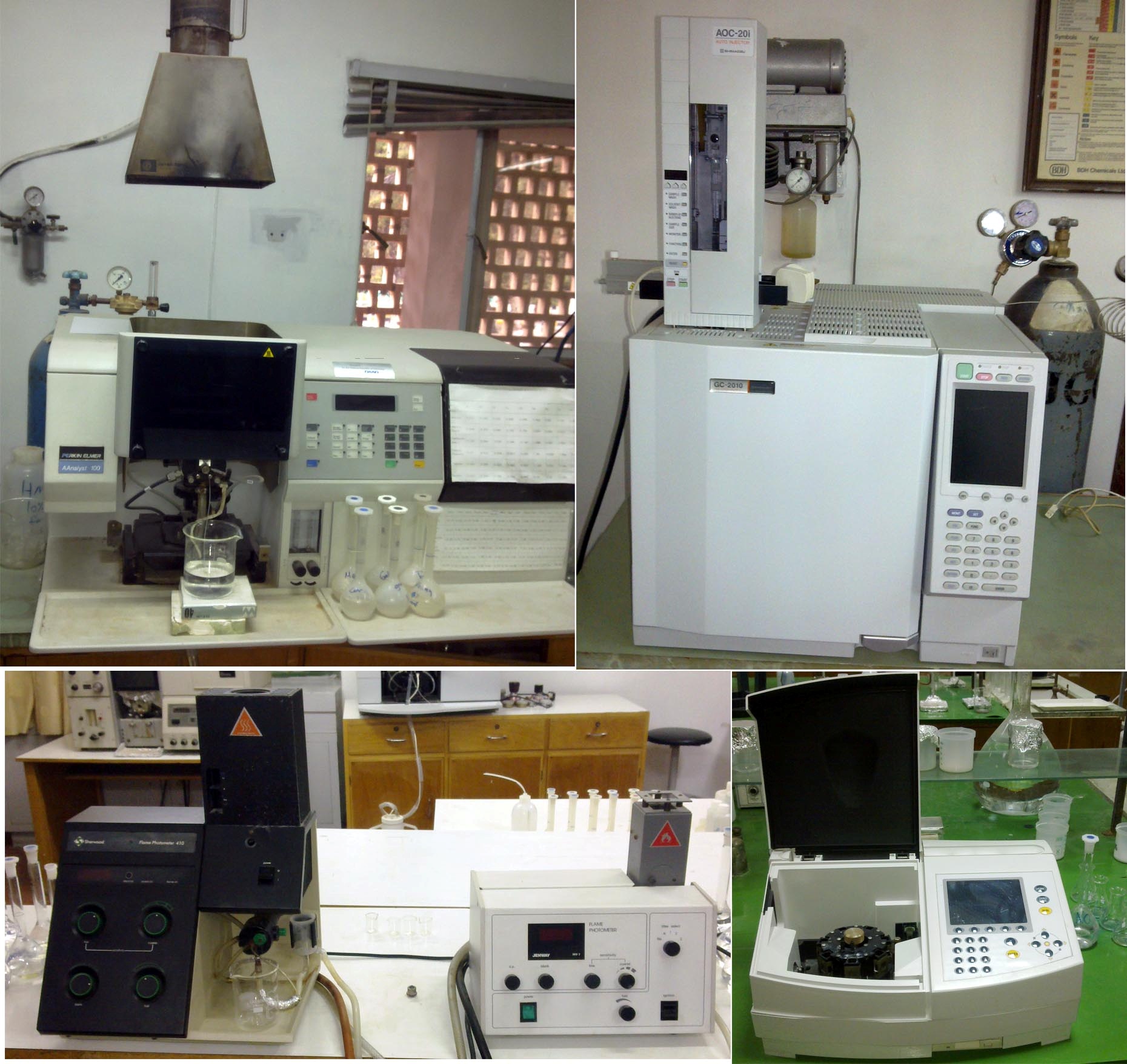 |
Atomic Absorption spectrometer
Flame Photometer
Radon measuring equipment
Spectral Photometer |
 Geophysical Equipments Geophysical Equipments |
| 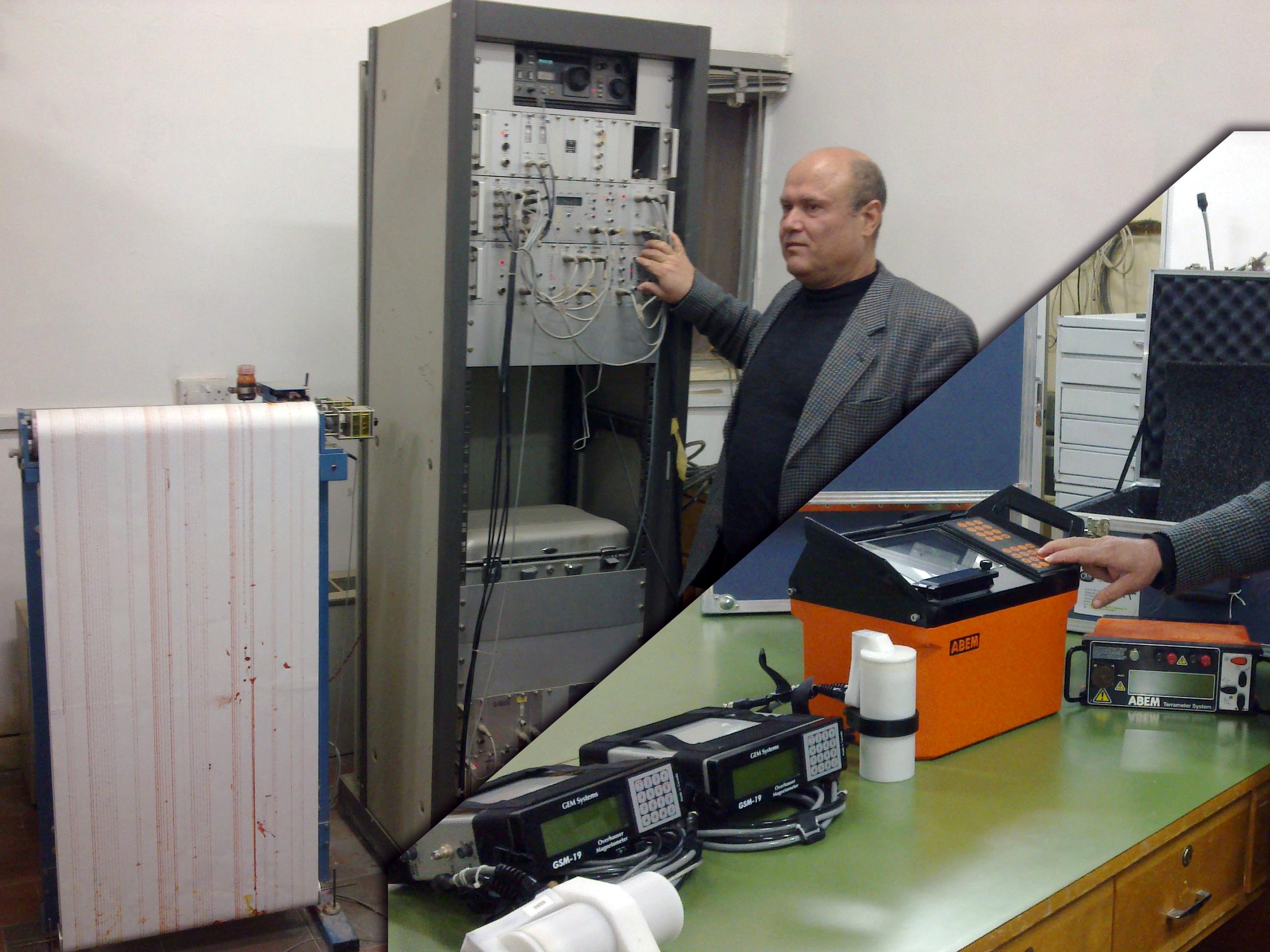 |
a. Seismological Station (UNJ)
3-component, station type L43D, 1Hz Nat. Freq used to record local earthquakes in Jordan and the surrounding countries
b. Two proton-magnetometers (geometrics)
c. One Sodin gravimeter
d. Resistivity meter Atlas-Copco SAS-300
e. Multi-channel exploration seismograph |
 LAB CENTER XRF-1800, Shimadzu Sequential X-ray Fluorescence Spectrometer LAB CENTER XRF-1800, Shimadzu Sequential X-ray Fluorescence Spectrometer |
| 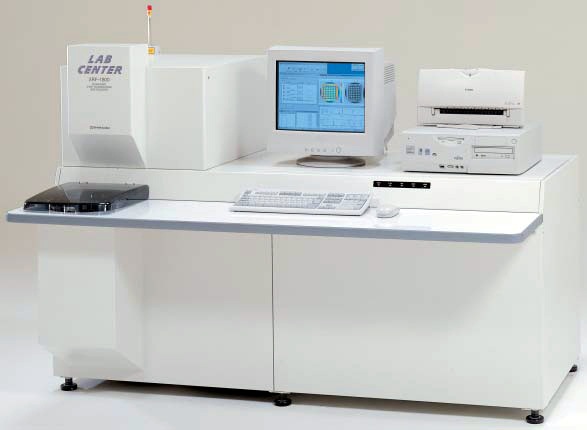 |
Applications
Electronics and Magnetic Materials, Chemical Industry, Petroleum and Coal Industry, Ceramics Industry, Iron and Steel Industry, Nonferrous industry, Environmental Pollutants, Agriculture and Food Industry, Paper and Pulp. |
 MAXima_X XRD-7000 MAXima_X XRD-7000 |
| 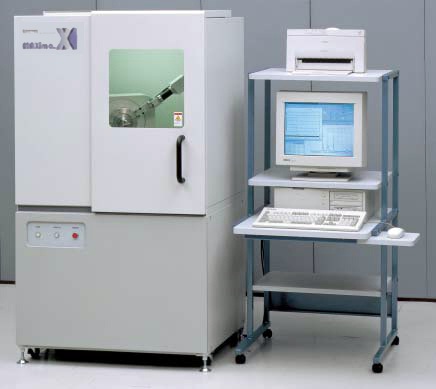 |
Applications
Steels, non-ferrous metals, machinery, shipbuilding, welding, automobiles, ceramics, cement, glass, catalysts, electrical parts, electronic materials, magnetic materials, superconductive materials, fibers, paper, pulp, food products, chemicals, agricultural chemicals, dies, pigments, paints, pharmaceuticals, dental materials, biological matter, petroleum, coal, power generation, natural gas, mining ore, soil, rocks, clay, minerals, construction, civil engineering, environment, and industrial waste.
It is basically used for:
• Identification of single and multiple phase materials i.e. minerals, chemical compounds or other engineered synthetic substances;
• Identification and structural analysis of clay minerals, soils and industrial tissues and other micro- and cryptocrystalline materials;
• Recognition of amorphous materials in partially crystalline mixtures;
• Semi-quantitative determination of amounts of different phases in multi-phase mixtures (i.e rocks and industrial mixtures) using suitable standards and peak-ratio calculations.
This lab serves the teaching at undergraduate and graduate levels and research at the Geology Department and also supports research of other departments at the University of Jordan. Furthermore, a great deal of consulting services are offered for the local community and other teaching and research institutes in Jordan. |
 Microscopy Laboratory ( Leitz, Nikon, Prior ) Microscopy Laboratory ( Leitz, Nikon, Prior ) |
| 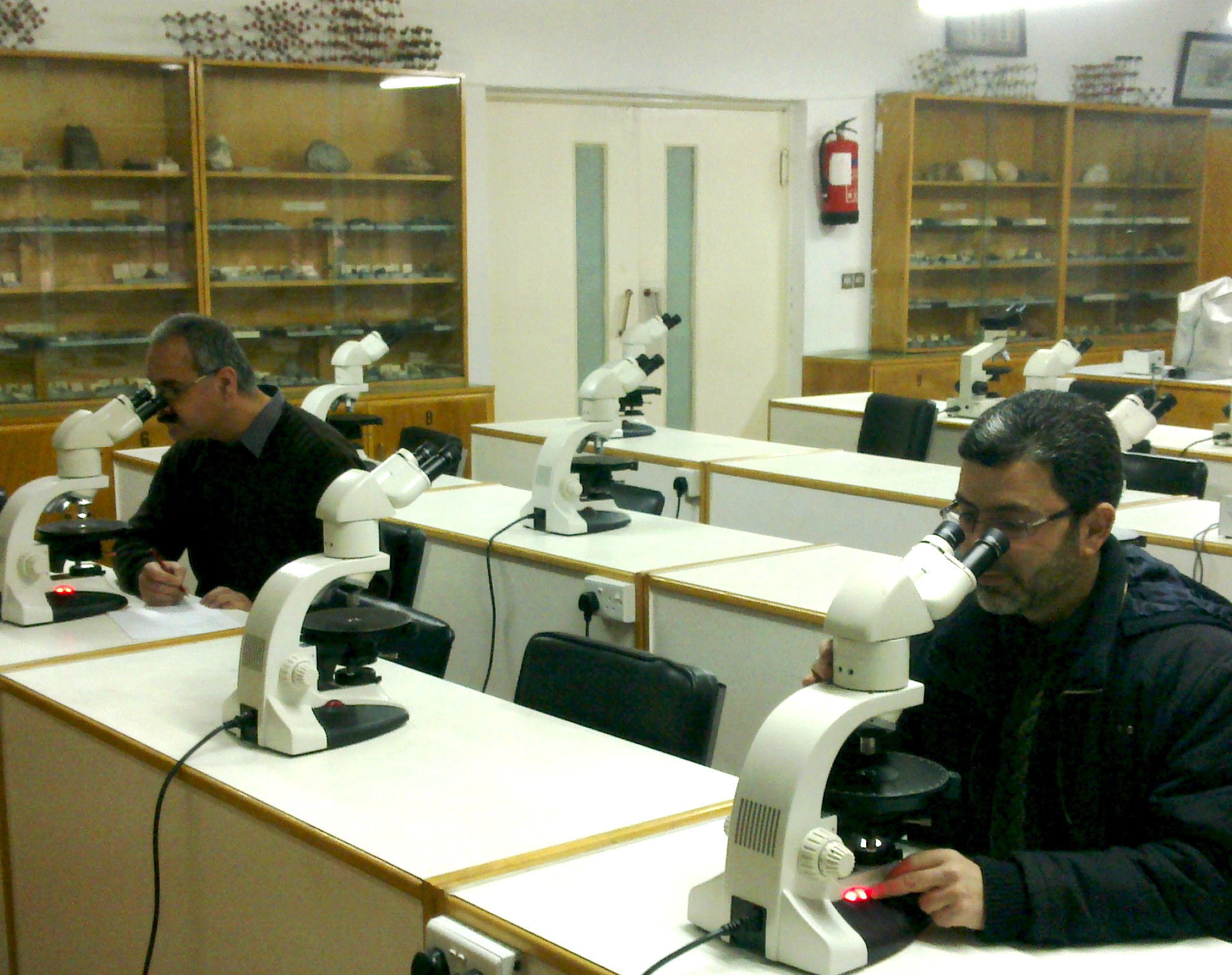 |
This lab is equipped with twenty five polarized light microscopes from different world leading manufacturers (Leitz, Nikon, Prior). The majority of these microscopes use transmitted light while some have both transmitted and reflected light facilities. As such these microscopes are used to identify crystalline substances including minerals, the building blocks of Earth's materials (i.e. rocks).
The following is a summary of the most important applications of this lab:
• Teachig the courses of mineral identification in addition to studying the mineralogy and textures of various categories of rocks;
• Serving undergraduate and graduate courses and research of the majority of Faculty members at the Department;
• Offering a wide range of consulting services for the local community in particular those institutions dealing with construction and engineering materials. |
 Mineral Separation Laboratory Mineral Separation Laboratory |
|  |
This lab is equipped with a Franz-Magnetic Barrier Laboratory Separator (Model LB-1) in addition to a set of standard heavy liquids and the necessary apparatus for heavy liquid separation. Furthermore, additional hand magnets are available for the separation of ferromagnetic minerals.
The main applications of this lab are:
• Separation of minerals according to their density utilizing heavy liquids like bromoform, bromotetraethane.
• Separation of minerals according to differences in their diamagnetic susceptibility using the Franz magnetic separator;
The lab principally serves undergraduate and graduate mineralogy and petrology courses and help Faculty members and graduate students to carry out their research and to offer consulting services for the local community. |
 Scanning Electron Microscope (SEM) Scanning Electron Microscope (SEM) |
| .jpg) | INSPECT F50, FEG
FEI Company, Netherland
It provides 3–dimensional images magnified up to 1,000,000 X. It is used in the fields of mineralogy, agronomy, paleontology, medicine and pharmacology, materials, nanotechnology …etc. ……………..more details |
 Thin-sections and Sample preparation workshop Thin-sections and Sample preparation workshop |
| 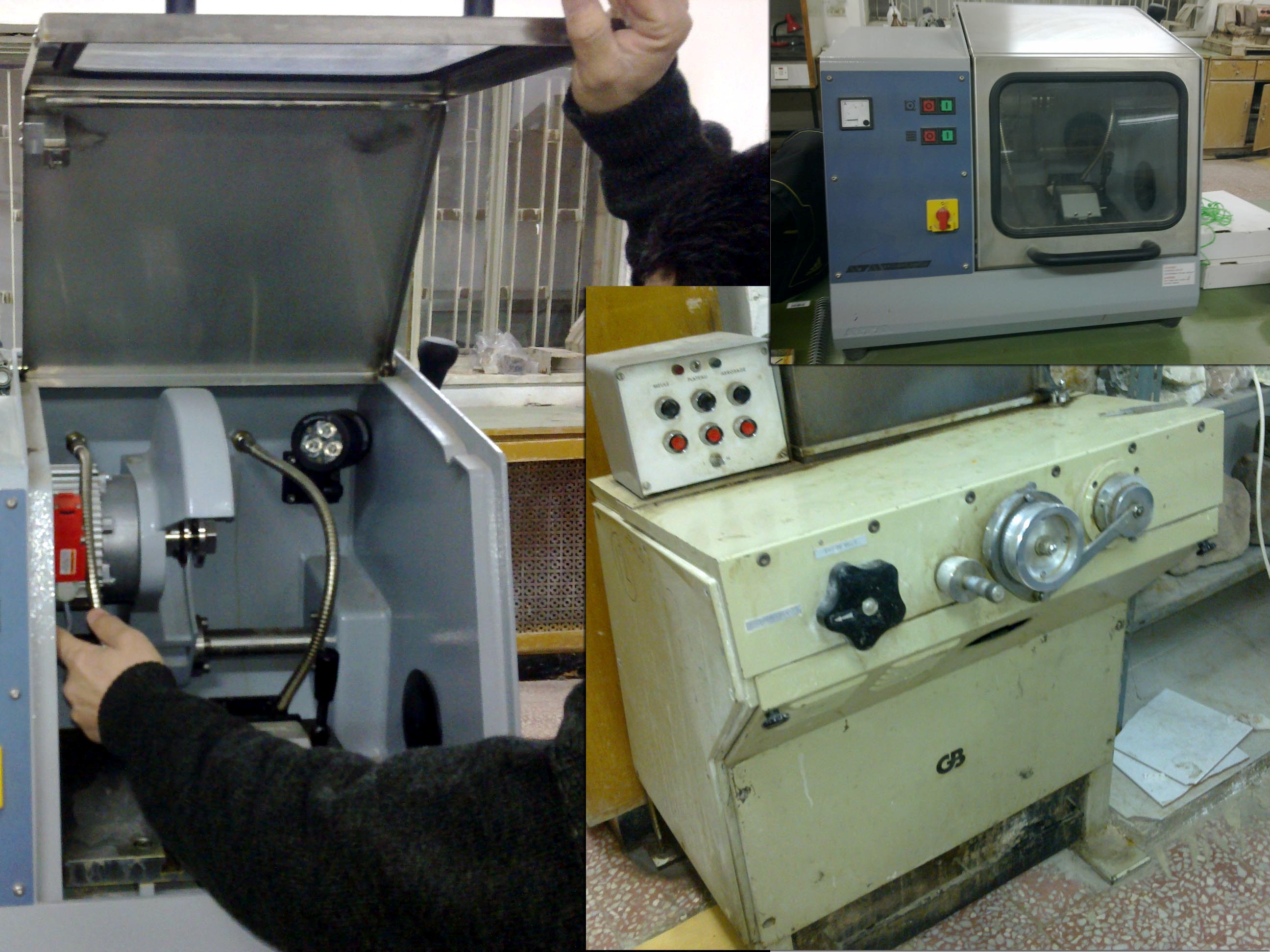 |
This workshop is equipped with crushing, cutting, rock sawing and grinding and sieving machines from different manufactures. The main duties of this lab are:
• Preparation of thin and thick sections for transmitted and reflected light microscopy for all types of rocks;
• Preparation of impregnated thin sections for soft and loose sediments;
• Preparation of stained thin-sections for the identification of specific minerals;
• Preparation of the rock and mineral sample powders for the purpose of chemical analyses;
• Sieving of sand samples for the purpose of grain size analysis;
• Preparation of polished rock slabs.
• This workshops as serves graduate and undergraduate course and the research of the Faculty members and is very essential for most of the consulting services of other lab at the department. |
 : Mathematics : Mathematics |
 Actuarial Sciences Lab Actuarial Sciences Lab |
| |
The use of the computer in the Actuarial Sciences has allowed for the introduction of much more creativity when carrying out data analyses and providing an understanding of the entire process of data analyzing. In addition, realistic large and complex data sets can be analyzed. Knowledge of computing is now assumed by potential employers of statisticians and actuaries. The Actuarial Sciences Lab was built in 2005. It is comprised of 66 Pentium IV 3Ghz computers; these computers are all networked and use Windows XP Professional as the operating system and connected to a Windows 2003 server. The lab is also provided with a datashow, projector, scanner and 3 LaserJet printers. This equipment is available for both faculty and graduate students. The lab is divided into two areas one for lectures and the other for training. |
 Mathematics Lab Mathematics Lab |
| |
This Lab is dedicated to demonstrating the value of Mathematical thinking, providing deeper understanding of statistical concepts and instilling a more positive attitude towards Mathematics and Statistics.
This lab was originally built in 2000. First it was comprised of 25 Pentium III 1000Mhz computers and a datashow, these computers are all networked and use Windows 2000 Professional as the operating system. In 2005, the lab was upgraded by adding a LaserJet printer and 7 Pentium IV 3Ghz networked computers using Windows XP Professional as the operating system. This equipment is available for both faculty and graduate students.
A variety of software is used in the lab, these include: • Mathematica for higher level Mathematics courses, such as Mathematical Packages course (473).
• Minitab for introductory and follow-up statistics courses.
• Microsoft Excel 2003 for different Mathematics and Statistics courses.
|
 : Physics : Physics |
 Atomic Force Microscope (AFM) Atomic Force Microscope (AFM) |
| |
It is used to study the surface structure of materials. |
 Beta Ray Spectroscopy Beta Ray Spectroscopy |
| | |
 Differential scanning calorimetry Differential scanning calorimetry |
| | |
 Fluorescence Microscopy Fluorescence Microscopy |
| | |
 Fluorescence spectrometer (UV-VIS-IR) Fluorescence spectrometer (UV-VIS-IR) |
| | |
 Furnaces up to 1200 0C Furnaces up to 1200 0C |
| | |
 Gamma Ray Spectroscopy Gamma Ray Spectroscopy |
| | |
 Hot Press up to 350 0C Hot Press up to 350 0C |
| | |
 Physical Vapor Deposition (PVD) Physical Vapor Deposition (PVD) |
| | This is used to prepare thin films which are used to study the electrical and mechanical properties of materials. |
 Polarizing Microscope Polarizing Microscope |
| | |
 Spin coater Spin coater |
| | |
 The Nuclear Accelerator The Nuclear Accelerator |
| |
Small van de Graaff accelerators can be very useful in education as well as in research. Many laboratories world wide employ such accelerators in many areas of physical research. They can be useful in nuclear and atomic physics, in condensed-matter physics, as well as several other technical applications.
The accelerator on the University of Jordan campus, which is a 4.75MeV van de Graaff accelerator, was donated to Jordan as part of a grant from the German Federal Republic. It was first operated in January 1983 |
 Theoretical Physics Laboratory. Theoretical Physics Laboratory. |
| |
It contains a number of work stations that are used for theoretical and computational calculations. |
 Thin Film Metrology Tool (UV- VIS) Thin Film Metrology Tool (UV- VIS) |
| | |
 Van de Graff Accelerator Van de Graff Accelerator |
| | |
 X-ray Diffraction X-ray Diffraction |
| | |